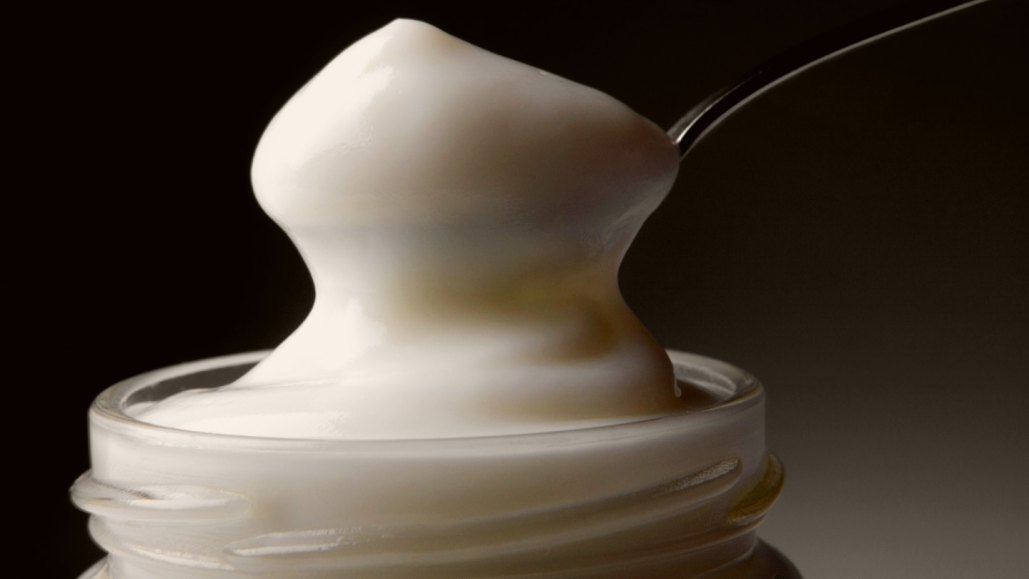Mayonnaise Surprisingly Aids in Comprehending Nuclear Fusion Experiments

Mayonnaise’s texture inspires love and loathing. Either way, it’s perfect for physics experiments.
The classic condiment is useful for understanding how materials behave, not only when smeared on sandwiches or plopped in potato salads, but also when deployed in nuclear fusion experiments. Mechanical engineer Arindam Banerjee of Lehigh University in Bethlehem, Pa., and colleagues are studying phenomena that occur in both mayonnaise and in fusion experiments.
Mayonnaise’s behavior sits on the border between elastic and plastic. If jiggled gently, it returns to its original shape. That’s elastic behavior. But fling it forcefully and it goes plastic, meaning it changes shape permanently or breaks apart.
Science News is collecting reader questions about how to navigate our planet's changing climate.
What do you want to know about extreme heat and how it can lead to extreme weather events?
This elastic-to-plastic transition can also occur in experiments that use lasers to kick off nuclear fusion. In such experiments, lasers blast a metal capsule containing the fuel, raising pressures and temperatures so high that atomic nuclei in the fuel fuse together, releasing energy. Scientists hope to eventually use nuclear fusion as a source of power.
But it’s difficult to study how materials behave under the extreme conditions required for fusion. So in their latest experiment, the scientists looked at how mayo mixed with a gas — air — as they rotated a wheel that they’d dolloped the mayonnaise into. The centrifugal force of the spinning wheel accelerated the mayo into the gas.
After the wheel stopped spinning, the scientists observed whether the glob returned to its original shape, changed shape or broke apart. This determined the border between the elastic and plastic behavior, they reported in the May Physical Review E.
The mayo and air are akin to the molten metal of a fusion fuel capsule and the gas it contains. The molten capsule has some properties of a solid — like gloopy mayo, it doesn’t flow on its own — but it can break apart under enough force. If the metal becomes plastic before fusion occurs, the gas could escape, spoiling the fusion attempt.
Working with mayo does have one drawback. When you show up in the supermarket checkout line with 48 containers of mayo, you’re bound to attract attention. “We sometimes get a lot of questions from the grocery stores,” Banerjee says, “why we are buying that much mayonnaise.”
Questions or comments on this article? E-mail us at [email protected] | Reprints FAQ
A. Boyaci and A. Banerjee. Transition to plastic regime for Rayleigh-Taylor instability in soft solids. Physical Review E. Vol. 109, May 2024, 055103. doi: 10.1103/PhysRevE.109.055103.
Physics writer Emily Conover has a Ph.D. in physics from the University of Chicago. She is a two-time winner of the D.C. Science Writers’ Association Newsbrief award.
We are at a critical time and supporting climate journalism is more important than ever. Science News and our parent organization, the Society for Science, need your help to strengthen environmental literacy and ensure that our response to climate change is informed by science.
Please subscribe to Science News and add $16 to expand science literacy and understanding.




